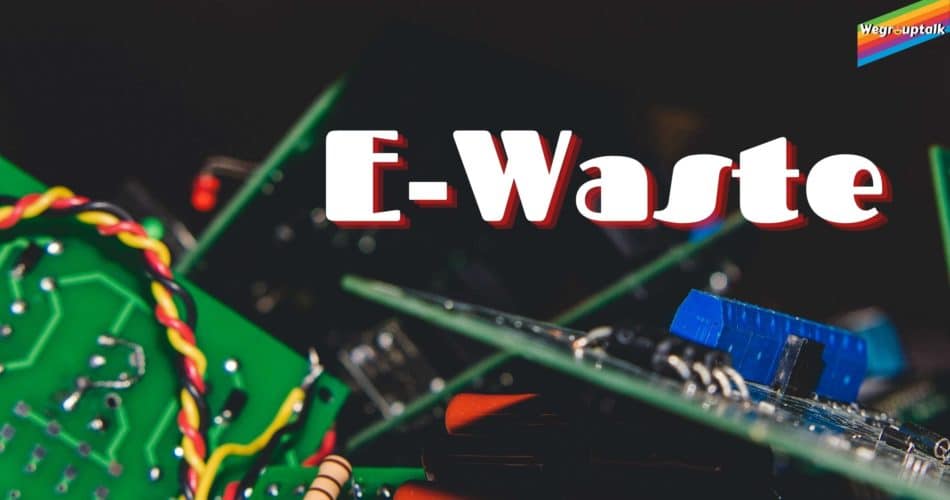Nowadays, almost each of us is connected to technology by one or the other way. I mean to say that everyone uses a mobile phone, computers, electronic gadgets, and many more electronic materials that are being used by us in our daily life. When these electronic materials become useless or damaged we sell them back on very cheap rates like a waste to vendors, have you ever think what they did with this waste or how they reuse or utilise it back. Have you ever think what impact this waste of electronic materials have on us and our earth.
In the world, developing countries try to do the best in every aspect of technology to become more and more advanced and develop. Many electronic products are being manufactured there, eventually leading to the hefty heaps of these wastes called E-waste. It has well said that that one man’s trash is a treasure for others, in a similar way the waste of developed countries is gold for developing countries. This eventually leads to making developing countries a hub of e-waste and has a terrible impact on the earth’s environment and biodiversity.
Have you ever tried to learn about E-waste and how it will affect our life? There is a lack of proper decomposition of e-waste, and we should think about it and do our part. So let’s start…
What is E-waste or electronic-waste?
All the electronic devices like smartphones, laptops, refrigerators, washing machines and even a charging cable or data cable we use stop working or unable to fulfil our needs becomes E-Waste or Electronic waste. Thomas Lindquist coins the term E-waste. The concept of electronic waste started in the mid-70s. Soon after united states of America made a Resource Conservation and Recovery Act (RCRA), the Act made it illegal to dump the electronic waste in the United States. The necessity of recycling industries is felt which recycle the e-waste and reduce the e-waste.
E-Waste is considered as the world’s biggest issue and is increasing rapidly day by day. One of the causes of E-waste is changing technology and a brief life span of electronic devices. E-waste is a mixture of toxic material like plastic, lead, zinc, nickel, barium, chromium, mercury, cadmium, bromine etc. which are harmful to human health and environment and contains non-hazards or precious materials that can be reused for making new electronic gadgets such as iron, steel, gold, copper, plastic etc.
According to Indian times report, about 53.6 million tonnes of e-waste was generated worldwide in 2019, and maximum e-waste is produced by three countries in which India ranked third (3.2Mt), china (10.1Mt) is the leading country of having e-waste and USA (6.9Mt) is on the second rank in producing e-waste. The three countries contribute to 38% per cent of 53 million tonnes of e-waste produced in 2019.
Approximately 44.7 million tonnes of e-waste is grown throughout the world every year, and only 20% of it is recycled. Rest is wasted by either burning, in turn, pollute the environment and producing problems for living creatures or is disposed of improperly. As the third leading country in producing e-waste, India has a low recycling capacity of about 8 lakh tonnes annually, indicating a massive loss in the inability to abstract a precious material from e-waste.
Also, unawareness about e-waste colossal amount of e-waste is not collected and thrown in public places releasing harmful content and is inhaled by humans and is dangerous for human health and environment. According to Satish Sinha as a domain expert and associate director at Delhi based policy advocacy group, the need to recycle e-waste is felt. Sinha said, “India needs to view e-waste as a valuable and planned resource since it contains 69 elements from the periodic table. Some of these are costly and strategic in nature”. In the developing countries like India, e-waste management is mostly based on informal collection, dismantling and recycling.
The largest e-waste dismantling centre in India is at Seelampur in Delhi where adults and children are working for extracting precious and reusable things from e-waste and are spending 8 to 10 hours every day. Australians are counted amongst the highest users and disposers of technology and produce the e-waste three times than general waste. In the USA every person replaces his old cell phones with the new ones in 12 or 18 months, old cell phones become e-waste. A person buying the latest cell phones for his convenience is a lifestyle for him, i.e. changing an old one with the latest one when the market.
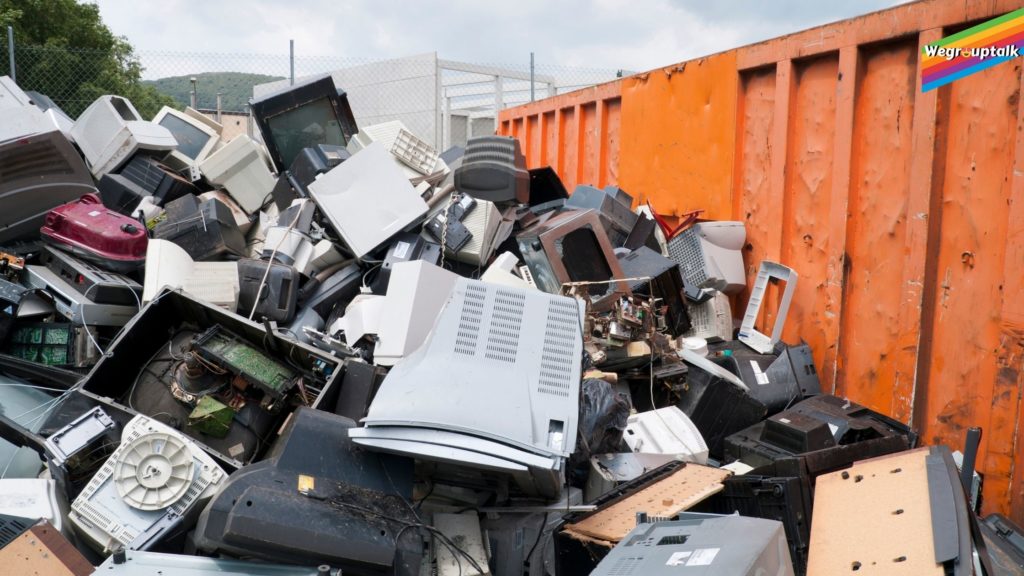
Factors responsible for e-waste
E-waste is escalating day by day throughout the world and has become a global issue of handling or managing the e-waste. There are many factors responsible for e-waste such as: –
- The short life span of electronic devices that get useless quickly, just like cell phone battery, charging cable becomes faulty without it mobile telephones are just toys.
- Innovations in technology lead a person to purchase new cell phones or laptops for convenience, ease and comfort.
- Lifestyle forces a person to buy the latest electronic device or upgrade their old system with a more digital electronic design.
- When the electronic device becomes useless or at the end of their life becomes the e-waste for the user or consumer and then through it to the uncovered areas becomes the hazards for human beings.
How is it harmful to nature?
Do you have an urge to buy a new cell phone like iPhone 11 or laptop Apple, and what are you doing with old ones (electronic devices)? Are you dispose of them in public places or donate them to the other people? If you present them to other people, you protect the environment from pollution, save humans from hazards of e-waste, and conserve natural resources. You are promoting economic growth in the state.
Suppose you are disposing them improperly on public places or un-dumped or uncovered landfills. In that case, you are an agent of polluting the ecosystem and purchasing a disastrous danger for itself and other living things. Do you know how? Let’s discuss it.
When a person improperly disposes electronic device at the uncovered site where the peoples are walking regularly, the temperature is very high in the mid-day. The devices get hotter and emit the toxins ailments in the air. The humans who walk through the way e-waste is dumped inhale the air mixture of toxins and suffer many health diseases like congenital disabilities, brain diseases, heart and lung diseases, etc.
Due to the natural processes like heating of the sun, raining and blowing of the wind, these electronic devices break out and produce harmful toxins which mix with air, water, soil and pollutes these natural resources.
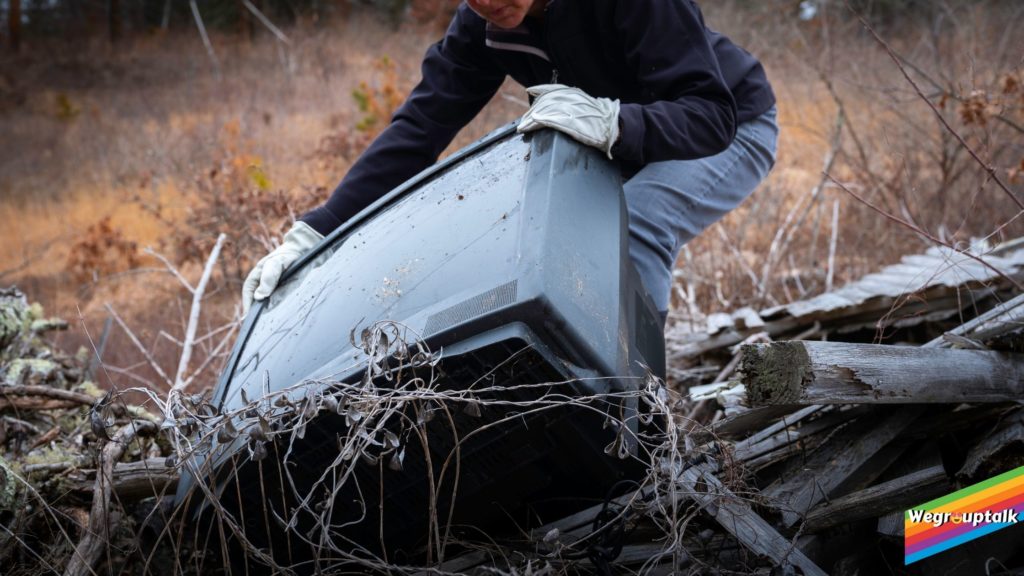
Pollution caused by E-Waste
- Soil pollution caused by e-waste: The electronic devices get to mix with soil release the harmful chemicals that kill the organisms which are living in the soil, the microorganisms like rhizobium who is responsible for the fertility of soil gets killed, and automatically the ground becomes unfertile for the cultivation of crops, the crops we grow on soil have less nutrition power as compared to crops grown on fertile soil and becomes the cause of health problems for a person who eats these crops.
- Water pollution caused by e-waste: When the rain falls on the e-waste deposited on landfills, the toxins mix with the rain and sink into the groundwater and finally gone into the rivers, ponds and lakes create a problem for aquatic life. The aquatic living beings drink these chemicals, becoming a cause for their death. The aquatic living things decrease in number because of these unprofitable and harmful chemicals. The fishes in the rivers are shallow in number due to waste materials that we throw in the water bodies.
How is it becoming a problem for developing countries?
The developing countries are generating a tremendous amount of e-waste. It is becoming a significant concern in developing countries that tackle e-waste because, in developing countries, there are not so many resources, advanced technology and costs required to tackle the consequences produced by e-waste. The unsafe disposal of e-waste becomes a problem and negatively affects the environment, and health hazards risks are generated by e-waste.
The developing countries like India have largely informal recycling sectors for e-waste. In these sectors, the recycling is made in informal methods like obtaining a copper wire from the cord by burning the line or picking the usable material from the e-waste without gloves and eyeglass. In the informal recycling sector, metals like gold, iron, and steel can burn the e-waste. In these sectors, children work without any safety; they work to feed themselves and their family and pay meagre wages.
Besides making plans for the destruction of these informal recycling e-waste sectors, it will be beneficial for these developing countries to take advantage of this network to collect the e-waste created by the informal sector. The incentive systems should be made through which a connection can be established with the informal sectors. The informal sectors will then be more willing to bring the collected e-waste to the formal recycling sectors where the e-waste will be recycled in the scientific methods to reduce the harmful gases produced by e-waste.
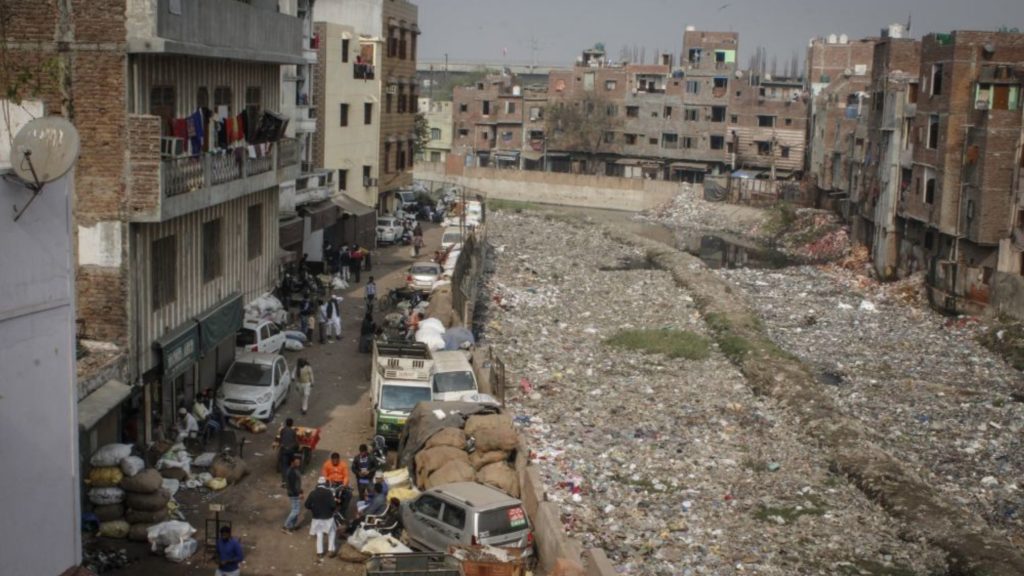
By performing the informal procedures and disposal, environmental degradation is increased, and the concentrations of toxins in the air are increased if the removal is continuing burns. The developed countries like the USA export the e-waste to the developing countries like Pakistan, India, china etc. these developing countries face a double burden, managing their e-waste or recycling the others waste.
Illegal trading of electronic waste is made through the sea route by shipping electronic waste to the developing countries. The report says that 80% of US e-waste is exported to Asia. It is found that recycling the garbage in the US instead of exporting to developing nations for recycling is the chief means of managing e-waste because the labour cost is low, environmental and occupational laws are weak.
The United States Environmental Protection Agency estimated that it was ten times cheaper to ship cathode ray tube monitors to china than to recycle in the USA. The developing countries especially India, Pakistan and China are known for dump yards because all the waste of developed countries are exported to these countries where a minimum of it is recycled, and rest is improperly disposed to landfills where that is burned for collecting metals from it. The survey carried out in Guiya, Guangdong province of China, and it is found that the soil and water there were heavily contaminated.
In India, the survey was carried out in Delhi regions where the e-waste is recycled such as Mandoli, Sadar Bazar, Kanti Nagar Extension, Old Sealampur and Turkmangate. The E-waste dealers make a trade or deal with other dealers of e-waste on the sea-going containers in the new Delhi. The e-waste shipped from developed countries in the false labelled containers through the sea routes which is then taken out from the boxes, sorted and is distributed by the dealers of e-waste between various recyclers.
The recyclers achieve some reusable components like IC chips from the waste and are sent for reuse. The rest of the material that cannot be reused is sent for burning to obtain the metals, PVC coated cables from it, and the nitric acid is also used for extracting the gold and platinum from the e-waste. These processes are considered informal recycling methods because these processes lead to exposure to pollutants.
The poor children become the victim of hazardous toxins released from this e-waste. And the health problems like silicosis, respiratory irritation and pulmonary oedema are linked with this e-waste—the above all that we have discussed shows that e-waste is becoming a problem for developing countries.
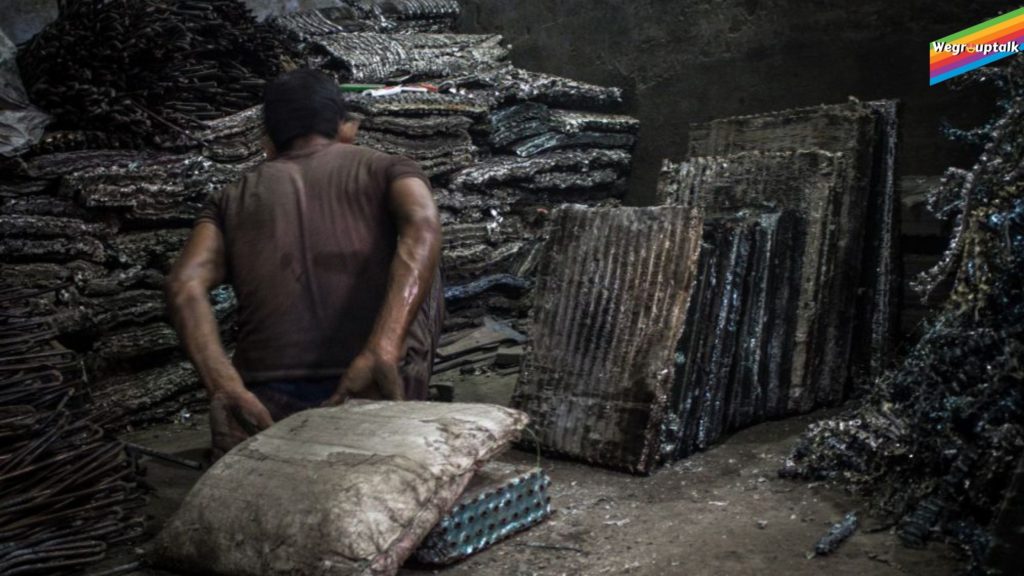
Measures
We can reduce or control the e-waste by presenting the awareness campaigns on social media, televisions, magazines etc. Through these campaigns, people become aware of the harmful effects of e-waste. So they will donate their old electronic devices to the other people who can benefit from them. If the electronic device is of no use, the people will send them to the recycling centres to be appropriately recycled. We should make plans and policies for collecting e-waste. Importing of e-waste should be strictly banned. By these steps, we can save our environment, ecosystem and human health.
Follow us on FACEBOOK, INSTAGRAM and TWITTER to stay connected.
Also Read- Deep Dive into Atomic Energy

